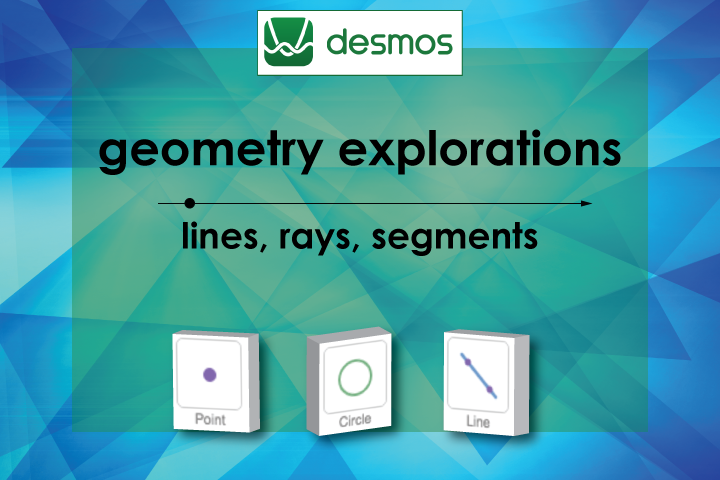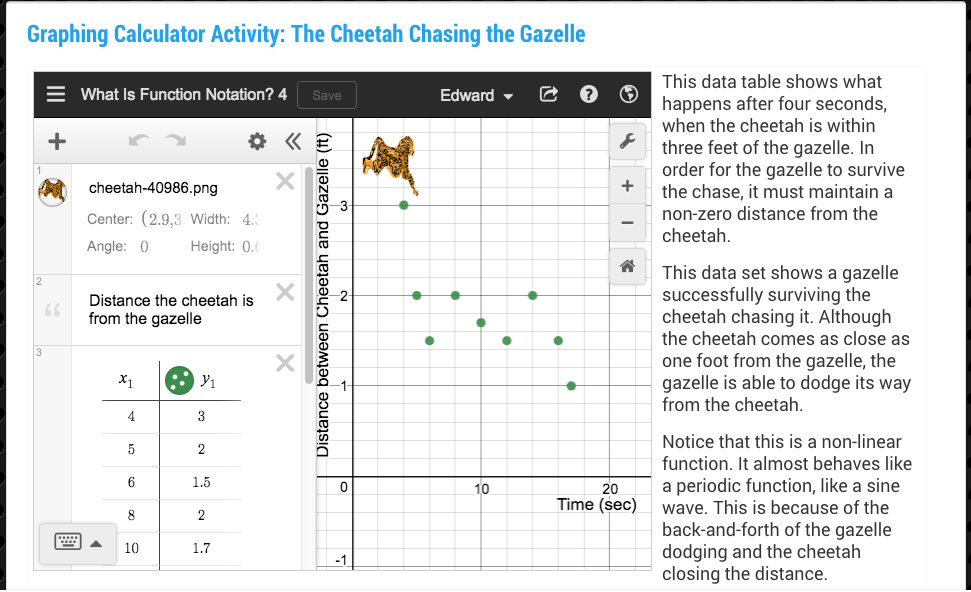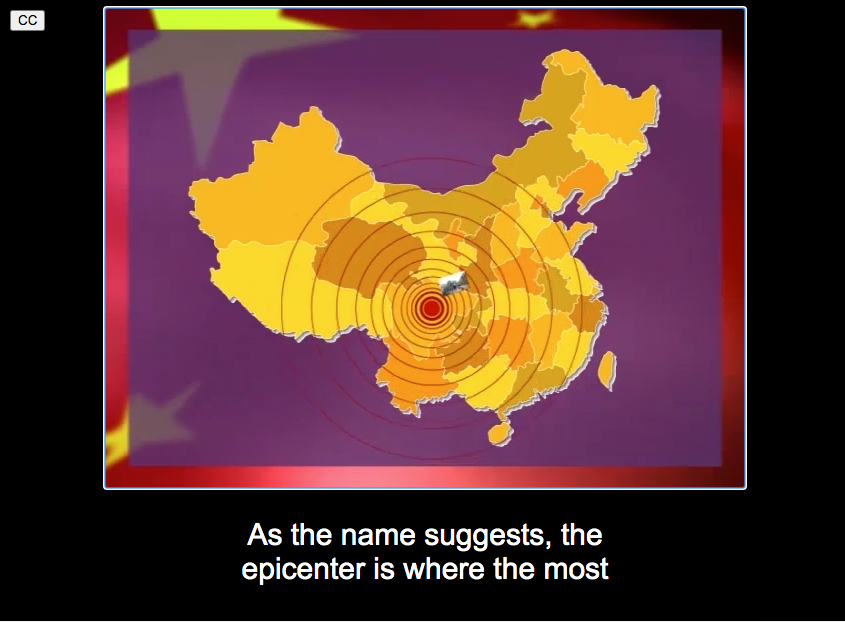Media4Math’s Desmos Resources October 27, 2020
Posted by Media4Math in Uncategorized.add a comment
Media4Math has launched a collection of math resources that utilize the Desmos graphing calculator and other tools. The complete collection can be found by clicking on this link.
The collection includes the following types of resources:
- Video Tutorials: This growing collection of videos utilizes the new Geometry Tools that Desmos recently launched.
- Interactives: Hands-on activities using the Desmos graphing calculators. These activities come with a companion worksheet.
- Instructional Resources: These slide shows walk students through key concepts. They include links to customized Desmos graphing calculators.
The Desmos collection will continue growing throughout this academic year, so keep coming back.
Also, have any ideas for Desmos activities? Reach out to us at admin@media4math.com.
Media4Math’s Closed Captioned Video Library September 21, 2020
Posted by Media4Math in Math.add a comment
We now have closed captioned versions of our Media4Math videos. In this blog post, we want to discuss the value of using closed captioned video, beyond accessibility.
You’ll find the Closed Captioned video collection at this link.
In the slide show above, you’ll see some screen captures from a number of our closed captioned videos. We want to highlight several features:
- The type size for the captions is large and readable. With many videos you’ll often see smaller type that is sometimes challenging for students to read.
- The captions are outside the video window, rather than in the video window itself. In the Internet era there is no reason for using the television strategy of cramming the captions in the video, possibly interfering with some of the instructional text.
As a result, these captioned videos offer you an additional instructional tool. Since most of the videos in the Media4Math video library are meant for student use, the addition of captions allows students to read the captions to reinforce the content.
Here are some strategies for using these videos with your students:
- In a distance learning environment, play the video, pausing to allow student to read the captions.
- Assign these videos to your students and encourage them to take notes using the captions.
- Take screen captures from the videos where captions highlight key concepts.
- If you are a Media4Math subscriber, use our Slide Show Creator tool to create multimedia presentations that incorporate these videos.
Open a free account on Media4Math at this link: https://media4math.com/user/register
New Early Elementary Resources on Counting August 29, 2020
Posted by Media4Math in Uncategorized.add a comment
We have released a number of videos and other resources on the topic of counting and cardinality. These resources are targeted to the early elementary leaner, specifically in the K-2 range.
Here is the list of the videos and links to the media content on Media4Math:
- Counting to 20
- Counting On
- Skip Counting
- Counting Strategies
- Counting and Addition
- Counting and Subtraction
This series of videos is helpful in connecting counting to addition and subtraction. Use these videos to develop basic skills around counting, cardinality, and basic arithmetic operations.

This series of video are also available in Closed Captioned format. Here are links to the CC videos:
- Counting to 20
- Counting On
- Skip Counting
- Counting Strategies
- Counting and Addition
- Counting and Subtraction
We encourage you to review and use these videos. Using captioned video, especially in a distance learning environment is an additional learning scaffold. It will help your students read key vocabulary (“counting,” “counting on,” “addition”). Captioned videos are not just for students who may be hearing impaired.
We also developed some Drag-N-Drop games to accompany each of the videos. Here are links to those games.
If you are looking for a more packaged presentation, we have also developed a series of Media4Math Classroom modules. These include the ability to roster and track your students. These modules include assessment items that are tracked.
These are the modules:
New Video Resources for Measures of Central Tendency April 3, 2020
Posted by Media4Math in Uncategorized.add a comment

Media4Math has just posted eight new videos on the topic of Measures of Central Tendency. These videos cover topics ranging from mean, median, mode, sample mean, mean of a probability distribution and can be used with any unit on data analysis. Here is a list of the videos, along with links.
New Resources on Place Value April 1, 2020
Posted by Media4Math in Uncategorized.add a comment
We recently published seven video tutorials on place value, useful for students in upper elementary. Here is a summary of these videos:
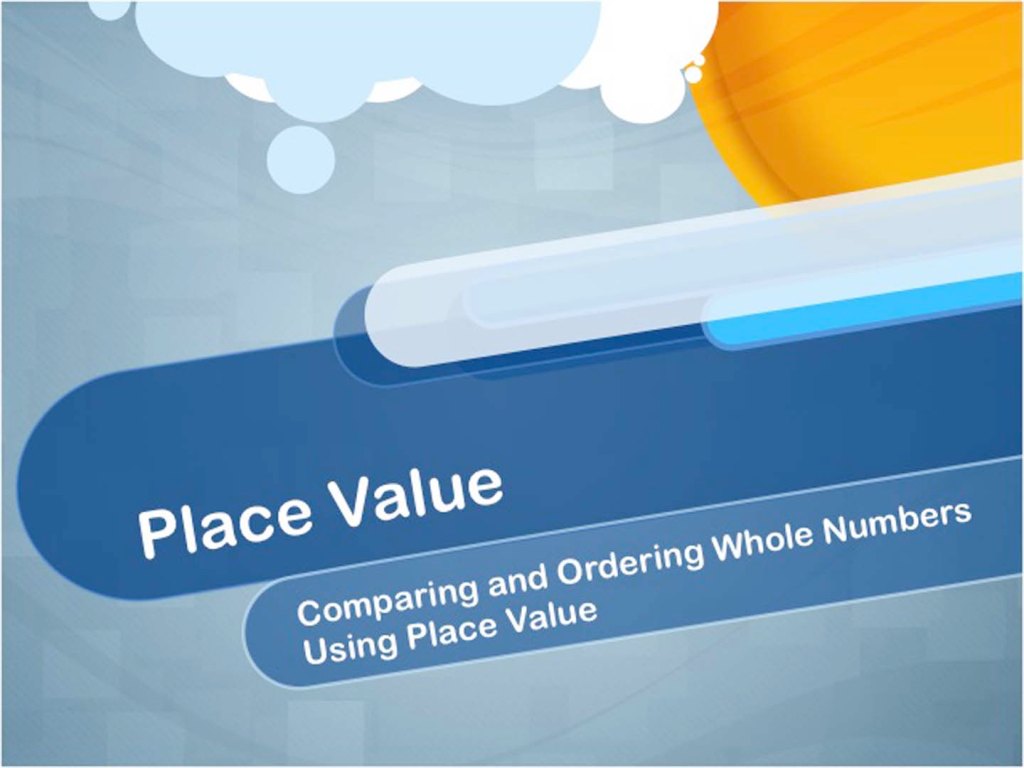
- Comparing and Ordering Whole Numbers Using Place Value
- Comparing and Ordering Decimals Using Place Value
- Organizing Data Using Place Value
- Reading and Writing Whole Numbers in Expanded Form
- Reading and Writing Decimals in Expanded Form
- Rounding Whole Numbers
- Rounding Decimals
Each video is about 4 to 5 minutes in length and includes several real-world examples each concept. Each video also includes a transcript, which, for subscribers, is a downloadable PDF.
Math Resources for Studying the Corona Virus March 31, 2020
Posted by Media4Math in Uncategorized.add a comment

In the current issue of Math in the News, Media4Math investigates the Corona Virus from a math perspective.
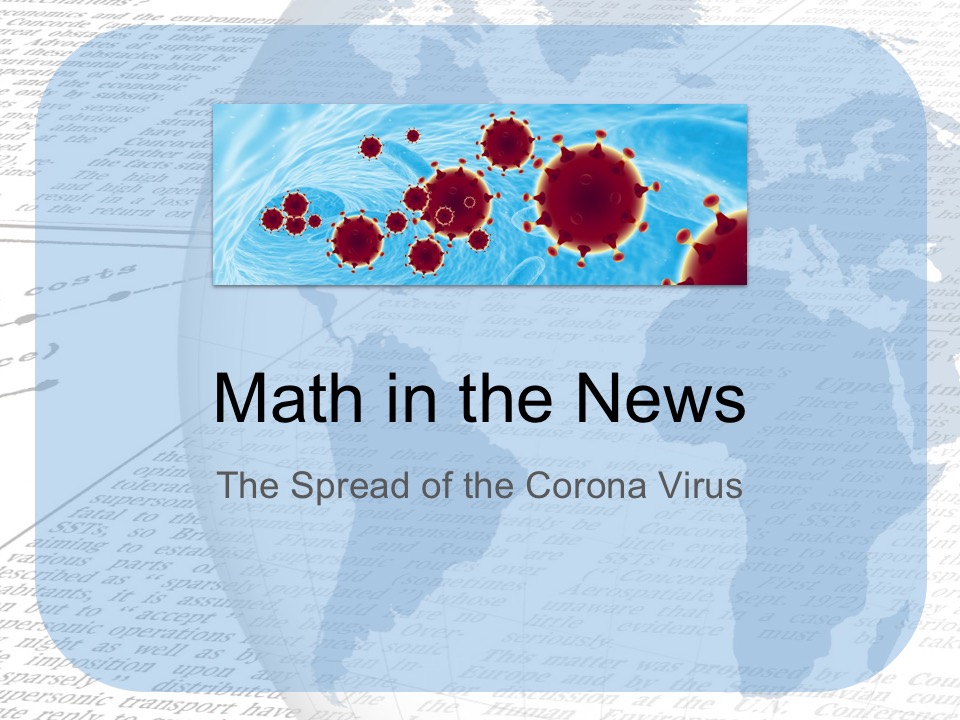
The dramatic growth in cases of the Corona Virus is a real-world opportunity to explore exponential functions. In this issue of Math in the News, students explore exponential growth and exponential functions.

This issue uses real-world data sets, along with graphing calculator activities for analyzing this data.

Media4Math Resources Are Standards Aligned March 31, 2020
Posted by Media4Math in Uncategorized.add a comment
We have added a Standards Alignment page to Media4Math: https://media4math.com/CCSS-Alignment. Here you will find how resources in our vast digital library align to the Common Core State Standards. This becomes a quick way of identifying digital resources for lesson planning.

When Doing Math, Reach for the Stars January 6, 2019
Posted by Media4Math in math.add a comment
 The students at the Weiss School in Florida were part of an incredible launch of a new satellite. Can you think of a better way to motivate students to embrace STEM in general and math particular?
The students at the Weiss School in Florida were part of an incredible launch of a new satellite. Can you think of a better way to motivate students to embrace STEM in general and math particular?
The satellite will be used to measure the impact of extreme temperatures on bacteria.
To learn more about this project, go to this link.
Also, the Weiss School itself has a page on their Web site dedicated to updates on the project. Click this link. In particular, here is the link to the live satellite data. Click this link.
Share this with your students. with the goal of encouraging a mathematical mindset. Here are some key ideas to highlight:
- There are no limits to what you can do in math and science.
- You are never too young to learn or too old to learn.
- Math can be a team endeavor.
Finally, as a way of connecting specific math concepts to this project, share with the students the following ideas:
- Launching a rocket into space involves working with algebraic functions. Show them the graph of a parabola to show what the part of a rocket would look like.
- Bacteria reproduce at such a rate that it can be modeled with an exponential function. Show the power of doubling through a numerical sequence or with a graph.
- The force of gravity is what makes objects fall. Gravity is an inverse-squared function, which has its own unique properties. Show a graph of a rational function to show how gravity is a strong force at relatively small distances but becomes much weaker at greater distances.
Why Are Castles So Tall? January 2, 2019
Posted by Media4Math in math, Uncategorized.add a comment

Encouraging a Mathematical Mindset
Ask your math students this question: Why are castles so tall? Students of all ages and grades can provide an answer, and while the goal isn’t to get a mathematical answer from your students, it provides an opportunity to frame a mathematical question.
All children are familiar with castles from fairy tales, as well as from myths and legends. Cultures around the world have different types of castles. Show your students pictures of castles from different parts of the world. Here are some examples.

Himeji Castle, Japan

Neuschwanstein Castle, Germany

Château de Pierrefonds, France
The castle shown at the top of this blog is Edinburgh Castle in Scotland. Ask your students what all the castles shown have in common. Don’t immediately go to height as a common characteristic, or you may miss some interesting observations from your students.
You can also show them this Google Earth tree view from the top of Edinburgh Castle in Scotland (view in Chrome): Click here.
Media4Math Classroom has a lesson module on this that explores castle height from the standpoint of indirect measurement. In particular, a castle’s defenses would have required as much advance notice of an approaching army and a tall castle provides a line of sight that reveals longer distances. This module uses trig ratios as a means of calculating distances.
But the topic of castle height isn’t restricted to the province of trig. Here are some ideas that you can use to incorporate this topic of castle height into your math instruction.
Low Floor-High Ceiling Ideas: Castle Height
- Create a castle tower using Lego blocks. Count the number of blocks needed to build the tower. Math question: How many Lego blocks would it take to build a tower ten times taller?
- Create a castle tower from available classroom materials. Measure the angle the tower makes with the floor.

Math questions:
— How does the angle change as the tower increases in height?
— What would you need to do to maintain the angle measure for a taller tower?
- Look at the triangle formed by the height of the tower, its distance from an observer, and the top of the tower.

— Math question: What kind of triangle is this?
- This is the view from the top of Neueschwanstein Castle. The castle is 213 feet tall and provides a panoramic view.
— Math investigation: Estimate how far into the distance you can see from the top of the castle.


Encouraging a Mathematical Mindset January 1, 2019
Posted by Media4Math in math.Tags: mathematical mindset
add a comment
Before we can expect a student to answer a mathematical question, shouldn’t we want them to ask a mathematical question? Were you born answering questions? No, you were born to learn, to ask, and a child’s early years are a seemingly endless trail of question marks.
Moreover, isn’t our job as math educators to get students to recognize when some of their questions are, in fact, mathematical in nature? Many a child would be intimidated to solve a math problem, but wouldn’t they be delighted to know what they just asked is an interesting math question?
Math doesn’t start with algorithms, but rather ends with them. Math starts with questions, and sometimes those questions don’t even sound mathematical at all. We can use curiosity as the entry point to mathematical investigation.
Here is an interesting question that doesn’t sound mathematical at all:
Why do elephants have wrinkled skin?
This is a question you can ask a child with no fear of math anxiety. Their answers, whether mathematical or not, should be illuminating. Yet, it is completely a mathematical question.

Media4Math Classroom has an entire module dedicated to answering this question, and although the target math concepts involve rational functions, the goal is to get students thinking about the question, rather than insist on an immediate answer. Yet the question about elephants can be asked of any child at any grade level.
Imagine, by contrast, telling students, “The ratio of surface area to volume reveals how efficiently an animal retains or releases heat energy.” This is not engaging. This is intimidating. It provokes the kind of math anxiety we want to eliminate from our classrooms. Also, this approach focuses on algorithmic solutions instead of the underlying question.
Asking Mathematical Questions
Getting a child to recognize that he or she just asked a mathematical question is a way of empowering the child’s math sensibilities, and creating a math mindset. For example, show them a picture of a group of balloons.

Encourage them to ask questions based on the picture. While the point isn’t to specifically ask mathematical questions, the goal is to highlight when they have asked such questions. Any questions that include these interrogatives can be reframed as mathematical questions.
How many…? This can involve counting, estimating, measuring, adding, or even multiplying.
How much…? This can involve measurements with money.
What colors…? This can involve sorting, ratios, or even percentages.
Since our goal is to encourage a mathematical mindset, let the questions guide the math. Here’s an example. Suppose that as a class, you decide this is the most interesting mathematical question:
How can we make sure that most of the party balloons are red?
This is a mathematical question that has a variety of different solutions. The math skills used could involve sorting, counting, calculating ratios, fractions, and percentages. If you divide the class into small groups and have the groups discuss how they would solve this problem, you are encouraging a mathematical mindset where the mathematical investigation drives the mathematical solution.
Use this methodology to encourage students to develop a mathematical mindset. Engage a student’s curiosity and problem solving. This then puts students in a frame of mind to better understand the procedural and algorithmic side of math. They’ll begin to see that algorithms are tools of math, but that the real mathematics is in the mindset.


